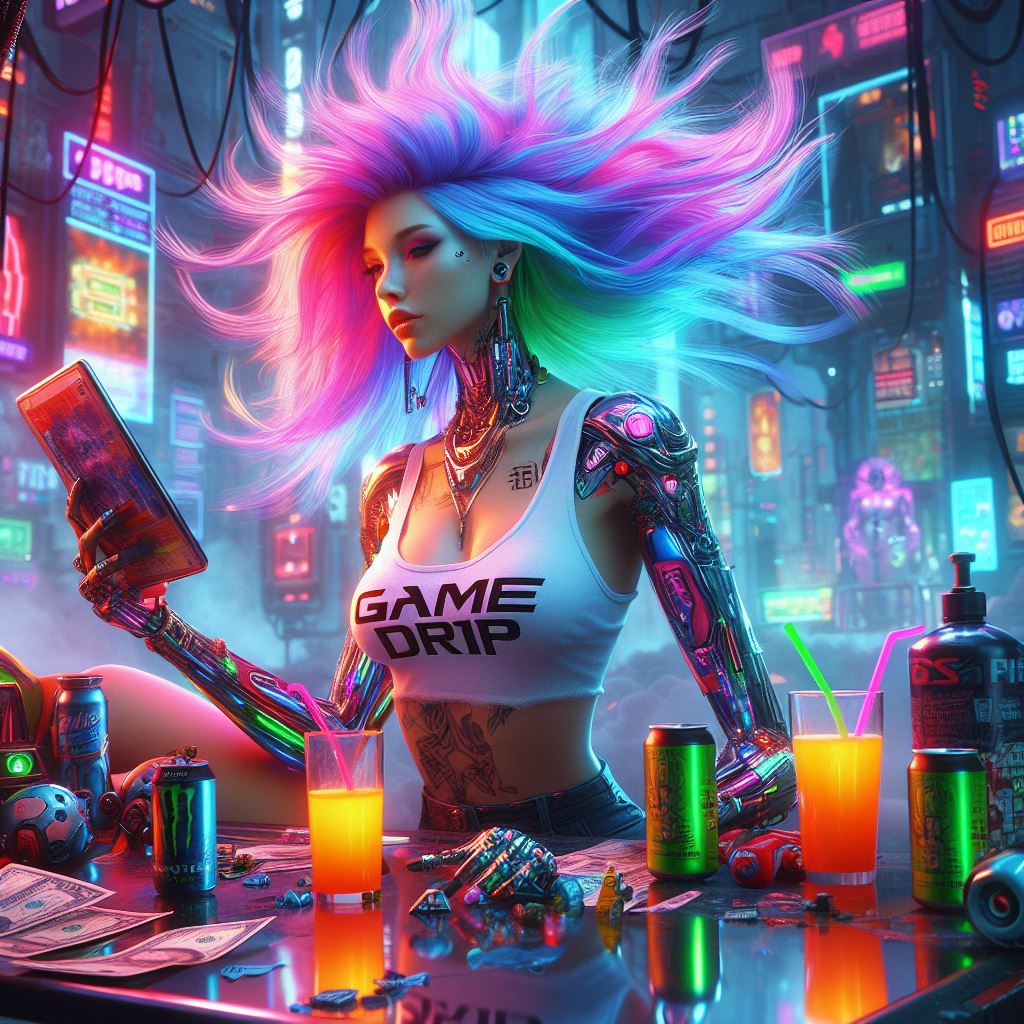10 Older Games With Better Features Than Modern Games
Old games often had innovative features that set them apart from modern games. Let’s take a look at some classic games that had unique mechanics worth revisiting.
Metal Gear Rising – Blade Mode
Metal Gear Rising introduced the Blade Mode mechanic, allowing players to slice through enemies in a visually satisfying way. The ability to chop enemies and objects with precision remains unmatched in modern games. This dynamic cutting feature could be explored in various game genres beyond action games, offering new gameplay possibilities.
Dead Space – Locator System
The Locator System in Dead Space provided a seamless way to navigate objectives without cluttering the screen with markers. Its simplicity and effectiveness in guiding players without intrusive elements set a standard that few modern games have replicated. A feature that enhances gameplay while maintaining immersion is a rare find.

Oblivion – Radiant AI
Despite its chaotic nature, Oblivion’s Radiant AI system showcased dynamic NPC behaviors and interactions that added depth to the game world. While modern games have moved towards simplified AI routines, the complexity and unpredictability of Oblivion’s AI system offered a unique experience that added a layer of realism to the game world.
Splinter Cell – Light Mechanics
Splinter Cell emphasized the importance of light and shadow in stealth gameplay, offering intricate ways to manipulate lighting to your advantage. Modern stealth games often prioritize visibility over environmental interactions, missing the atmospheric tension created by playing with light and darkness. The engagement with environmental elements added a strategic depth that modern games could benefit from.
WWE 2K14 – Create a Story Mode
The Create a Story mode in WWE 2K14 allowed players to craft elaborate narratives, adding a comedic and personalized touch to the game experience. The freedom to create stories and scenarios entirely changed the way players engaged with the game, showcasing the potential for user-generated content to enhance gameplay and entertainment value.
Dark Souls – Interconnected World
Dark Souls’ interconnected world design offered a seamless and immersive experience, blending diverse areas into a cohesive exploration adventure. While some sequels have attempted similar approaches, few games have captured the intricate web of interconnected spaces as effectively as the original Dark Souls. The exploration and discovery within a unified world remain a standout feature of this classic game.
Crackdown – Keys to the City
Crackdown’s Keys to the City mode provided a sandbox experience that allowed players to unleash creativity and chaos in an open-world setting. While sandbox modes are common in survival games, the absence of such features in non-survival open-world games limits player expression and experimentation. The freedom to play and explore without restrictions remains a feature worth revisiting in modern games.

Final Fantasy X: The Zodiac Age – Speed Up Features
The Zodiac Age’s speed-up feature revolutionized traditional RPG gameplay by offering players the ability to control the game’s pace at their discretion. The option to fast forward through tedious sections or travel times made gameplay more efficient and tailored to individual preferences. Incorporating flexible speed-up mechanics in various game genres could enhance player agency and enjoyment.
Eternal Darkness – Sanity Mechanic
Eternal Darkness’s Sanity Mechanic delved deep into psychological horror, creatively distorting the player’s perception and reality. The innovative use of sanity effects to immerse players in unsettling experiences set a standard for atmospheric storytelling that few games have replicated. The potential for modern games to explore unique and chilling effects based on player sanity remains untapped.
Half-Life 2 – Gravity Gun
Half-Life 2’s Gravity Gun revolutionized physics-based gameplay, offering players a versatile tool for interaction and combat. The satisfaction of manipulating objects and solving puzzles with the Gravity Gun set a benchmark for immersive and engaging gameplay mechanics. Despite various games attempting to replicate similar mechanics, none have captured the same level of intuitive and enjoyable gameplay as the original Gravity Gun.
Conclusion
Looking back at these older games with standout features reminds us of the innovative ideas and mechanics that have shaped gaming history. While modern games have made advancements in graphics and technology, revisiting these classic features could inspire fresh creativity in game design. Incorporating elements like dynamic cutting, immersive AI, and innovative navigation systems can breathe new life into modern gaming experiences.
Overall, these older games showcase the timeless appeal of innovative gameplay features that have the potential to enhance player engagement and enjoyment. As we celebrate the nostalgia and ingenuity of these classics, let’s look forward to seeing how future games will draw inspiration from their legacy to create unforgettable gaming experiences.

And that’s a wrap for our journey through 10 Older Games With Better Features Than Modern Games. Remember, gaming is a blend of the past, present, and future, each contributing to the vibrant tapestry of interactive entertainment. Embrace the classics, cherish the modern, and game on! 🎮🚀
Subscribe for more gaming content and stay tuned for exciting updates!
Let’s continue to explore the boundless worlds of gaming with enthusiasm and appreciation for the diverse experiences it offers. Thank you for joining us on this adventure through gaming history! 🌟
Play on, gamers! 🎉




















